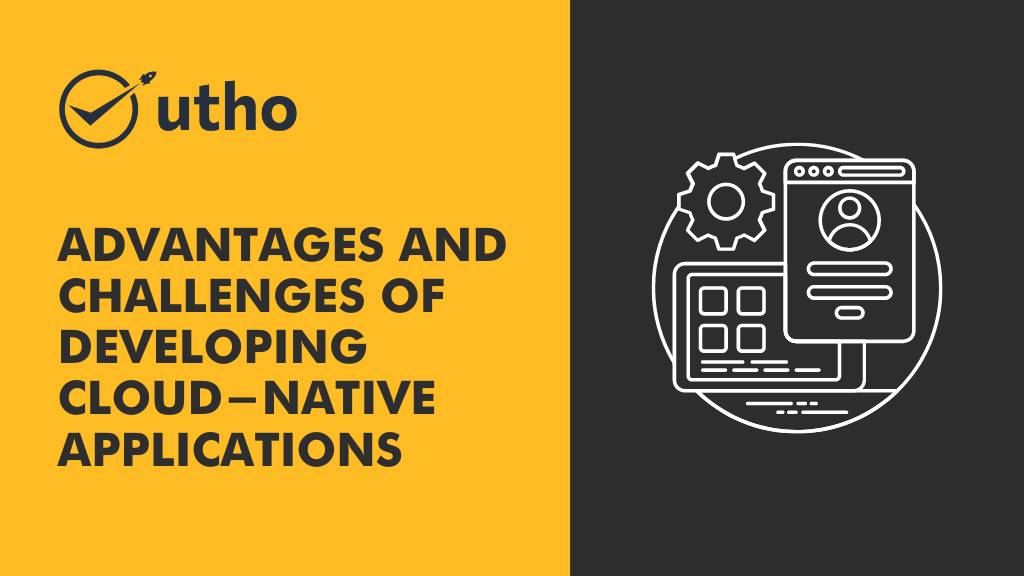Advantages and Challenges of Developing Cloud-Native Applications

Introduction
In recent years, there has been a growing trend in software development towards cloud-native applications. These applications are designed specifically to run in the cloud and take full advantage of its benefits, including scalability, reliability, and cost-efficiency. However, developing cloud-native applications also presents its own set of challenges that must be overcome. In this article, we will explore the advantages and challenges of developing cloud-native applications and provide best practices for doing so.
Advantages of Cloud-Native Applications
Scalability
One of the most significant advantages of cloud-native applications is their ability to scale easily and efficiently. Cloud providers offer services such as auto-scaling and load balancing that allow applications to automatically adjust their resources based on demand. This means that cloud-native applications can handle sudden spikes in traffic without any downtime or performance issues.
Reliability
Cloud providers also offer high levels of reliability, with service level agreements (SLAs) that guarantee a certain level of uptime. Cloud-native applications can take advantage of this reliability by using services such as redundant data storage and automatic failover. This means that applications can continue to operate even if there is a failure in one part of the system.
Cost-Efficiency
Another advantage of cloud-native applications is their cost efficiency. By using cloud services, developers can avoid the upfront costs of purchasing and maintaining their own hardware. Additionally, cloud providers offer pay-as-you-go pricing models, which means that developers only pay for the resources they actually use. This can result in significant cost savings, especially for smaller businesses or startups.
Challenges of Cloud-Native Applications
Complexity
Developing cloud-native applications can be more complex than traditional applications. Cloud-native applications often use microservices architecture, which involves breaking an application into smaller, more manageable components. This can increase the complexity of the application as a whole, as each component must be designed and developed independently.
Security
Cloud-native applications can also present security challenges. With multiple components running in different environments, it can be more difficult to ensure that all components are secure. Additionally, cloud providers offer their own security measures, but it is still the responsibility of the developer to ensure that their application is secure.
Vendor Lock-In
Finally, developing cloud-native applications can result in vendor lock-in. This occurs when a developer uses a specific cloud provider's services to develop their application and becomes reliant on those services. If the developer wants to switch to a different provider, they may face challenges in porting their application over.
Best Practices for Developing Cloud-Native Applications
Use a Containerization Platform
Using a containerization platform such as Docker or Kubernetes can help to address the complexity of developing cloud-native applications. Containers provide a lightweight and portable way to package and deploy individual components of an application.
Implement Security Best Practices
Developers should implement security best practices to ensure that their application is secure. This includes using encryption for data in transit and at rest, enforcing
access controls, and regularly testing for vulnerabilities.
Use Open-Source Technologies
Using open-source technologies can help to avoid vendor lock-in and provide more flexibility in developing cloud-native applications. Additionally, open-source technologies often have a large community of developers contributing to them, which can result in faster innovation and bug fixes.
Conclusion
Developing cloud-native applications can provide many benefits, including scalability, reliability, and cost-efficiency. However, it also presents its own set of challenges, including complexity, security, and vendor lock-in. By following best practices such as using a containerization platform, implementing security best practices, and using open-source technologies, developers can overcome these challenges and take full advantage of the benefits of cloud-native applications.
Also Read: Best Practices for Managing and Securing Edge Computing Devices